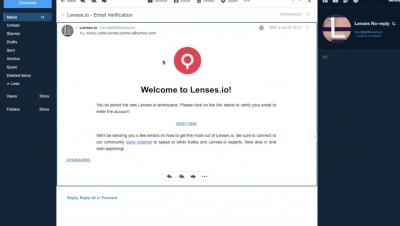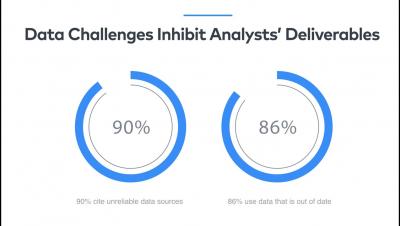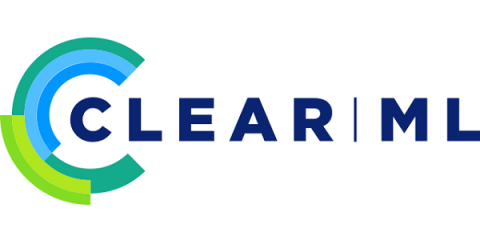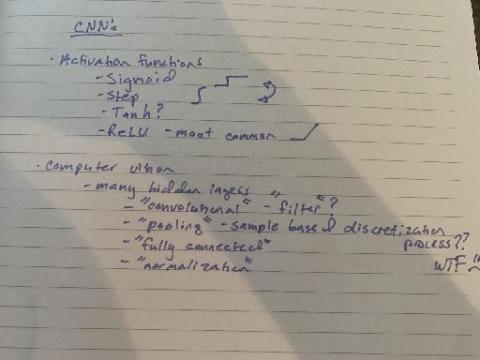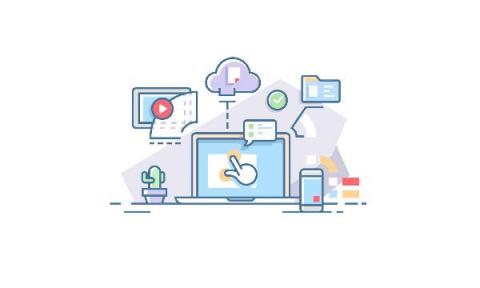Analytics
2020: The State of Data Analysts Global Survey
Snowflake Service Account Security: Part 2
In Part 1, we covered the high-level objectives and methods for attacking service accounts. In Part 2 we discuss defense-in-depth mitigations to those methods. By the end of this blog, you will be able to apply secure-by-default mitigations to threats impacting Snowflake service accounts. The following table from Part 1 highlights the objectives and methods we want to mitigate: These secure-by-default mitigations help prevent and constrain credential misuse from theft and guessing attacks.
Enterprise data strategy: the right way to the cloud
Clive Humby stated, as far back as 2006, “data is the new oil.” The quote really took off following this 2017 report from The Economist. As a former chemical process engineer, oil immediately makes me think of refining it. Today’s analytics platform for the complete data lifecycle does the same for data as the refinery distillation columns does for crude oil: distilling value.
New Coronavirus Dashboards Reveal Which U.S. Counties May Start Spending First
Snowflake customer, Merkle Inc., has created a new set of COVID-19 interactive dashboards for businesses to use for free to determine which counties in the U.S. will most likely experience an economic recovery first. As economies reopen, states hit hardest by COVID-19, or states that relax social distancing measures sooner rather than later, will not reveal local market opportunities as they emerge.
Setting up Allegro AI's Trains Platform
There’s a lot to track when training your ML models, and there’s no way around it; reviews and comparisons for best performance are virtually impossible without logging each experiment in detail. Yes, building models and experimenting with them is exciting work, but let’s agree that all that documentation can be laborious and error-prone – especially when you are essentially doing data entry grunt work, manually, using Excel spreadsheets.
WTF is a Convolutional Neural Network?
If you are a software engineer, there's a good chance that deep learning will inevitably become part of your job in the future. Even if you're not building the models that directly use CNNs, you might have to collaborate with data scientists or help business partners better understand what is going on under the hood. In this article, Julie Kent dives into the world of convolutional neural networks and explains it all in a not-so-scary way.
Rise of the Data Cloud
It’s only natural to edge forward incrementally. But every once in a while, there is a step-level change that really alters the game. The Data Cloud is exactly that – an opportunity to completely mobilize your data in the service of your business. The Data Cloud is a new type of cloud, so you can avoid bunkering and siloing your data across the infrastructure and application clouds, as well as your on-premise systems.
Sessions vs. Users vs. Pageviews in Google Analytics: Everything You Need to Know
Apache Pulsar walks into a data bar
Some time ago, the concept of event streaming was not that widespread. In addition to that, the platforms provided were much fewer than today, and required more technical depth to set up and operate. However, as time passed, those platforms matured, community grew, the documentation was improved and the rest of the world started to wake up to the advantages these platforms can bring to address the real-time experiences businesses need. And Apache Pulsar is a great example.

